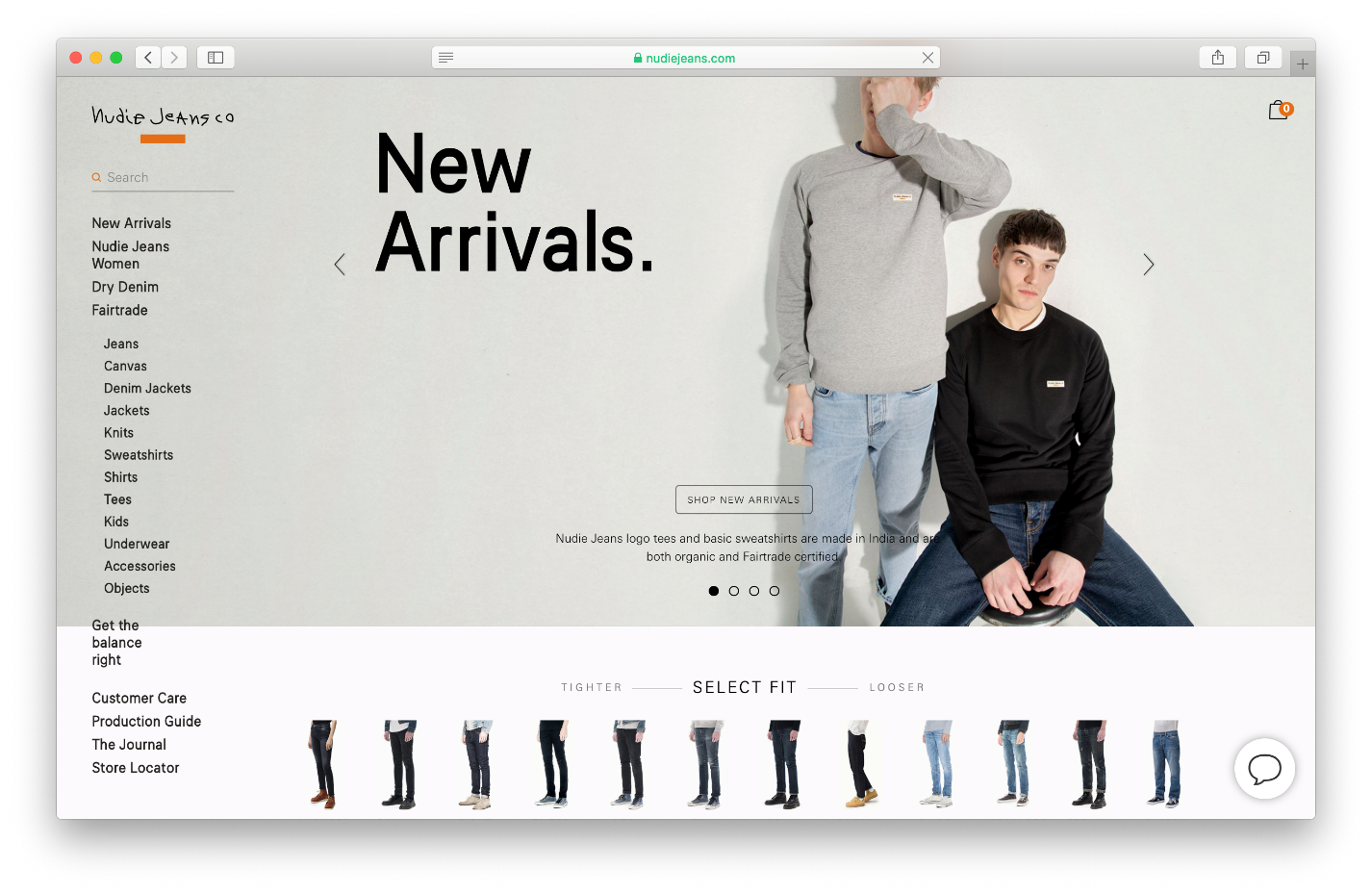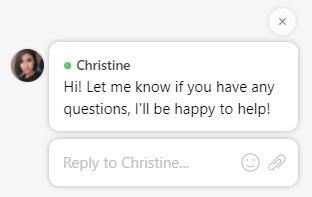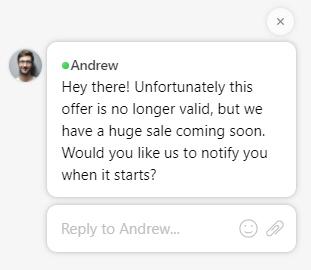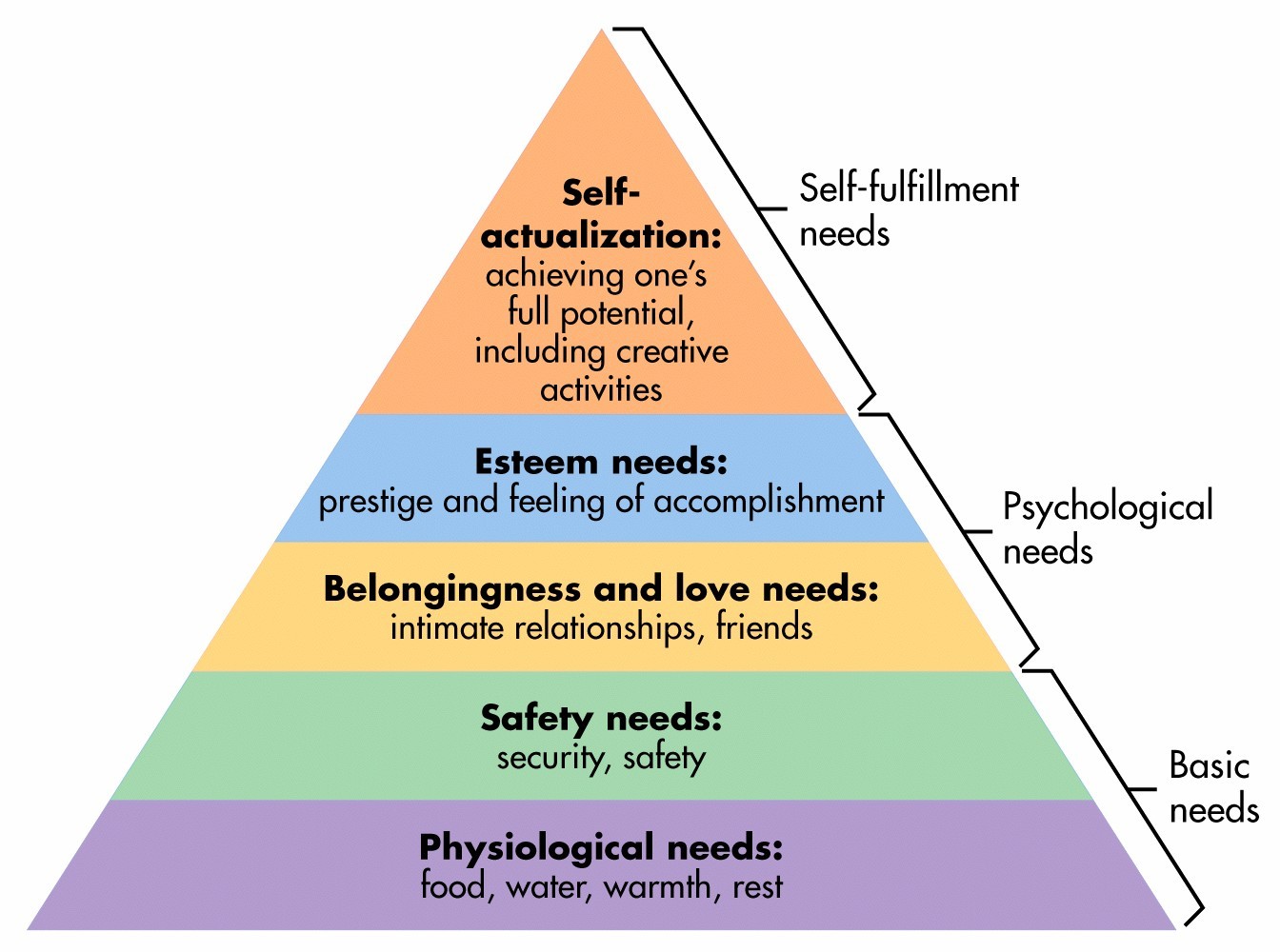of Remarkable
Customer
Support
The Psychology
of Customer Service
Before we can talk about how to be unforgettable, we need to explain the underlying principles that make one experience better than another. You see, the tactics we cover in this book won’t work if they’re treated as yet another task on the corporate to-do list.

“We see our customers as invited guests to a party, and we are the hosts. It’s our job every day to make every important aspect of the customer experience a little bit
better.”
It’s important to understand why they were developed — because a company could apply every lesson in this book, mastering them and even improving on them, but if it doesn’t address the psychological needs of its customers, it will see little or no improvement. Customers will continue to complain. Satisfaction ratings will remain low. And customers will persist in migrating to competitors.
To win at customer support, you’ve got to understand what makes people tick — their needs, wants, choices, and behaviors. And until you do, you’ll struggle to make your customers happy. Which is sad because the ultimate goal is happy, loyal customers.
The challenge is that people are complicated. You can’t focus on one-size-fits-all tactics and expect to succeed. Every customer will be driven by different emotional and behavioral experiences, making it necessary to go beyond ordinary tactics and checklists.
Your customers are used to a customer experience that prioritizes profit and efficiency over personalized service. What they crave — and what becomes unforgettable when it’s delivered — is being treated as if their concerns are the highest priority at the moment. Ultimately, they want you to be accessible, proactive, and to make them feel important.
Be Accessible
Have you ever gone to a nice restaurant, hoping for an intimate dinner, only to have your waiter hovering nearby? While the attentiveness is appropriate, it can feel crushing at times, especially if he’s doing more than keeping your water glass full, listening to every word you exchange.
There’s a fine balance you must walk in customer support: to be present and attentive but not overbearing.
Realtors understand this. Because a home purchase is such a big decision, they know they need to give their clients space to discuss the pros and cons of the property. They open the door to a prospective new home, then let clients explore at their own pace, in their own way. Good realtors are available for questions, but they don’t hover.
That’s the balance you’re looking for — and the way to achieve it is to make it clear you’re available without getting in your visitors' way as they explore your website.
Warby Parker does this beautifully with a prompt in the footer of their website:

Notice they give you multiple options for how to engage with them, and visitors can choose the option that’s right for them.
At Nudie Jeans Co, a help button hovers in the lower right corner of the website.
Click the chat button, and you’ll be invited to leave a message for one of the agents to respond to either in chat or by email:

Both brands have found the balance of being easily accessible without hovering. They’ve adopted reactive support, letting visitors initiate any interaction with the support team. In most cases, reactive support is not only acceptable, it’s preferred. But there are times when you may need to adopt a different approach, called proactive chat.
Be Proactive
A Forrester study found that reactive chat — live chat that waits on customers to reach out if and when they have a question — provides a return on investment of fifteen percent. Even more impressive, though, is its impact on the customer experience: Forty-four percent of US online consumers like having a chat invitation appear unprompted to help answer questions during an online research or purchase.
Chip Gliedman, Forrester: The ROI of Interactive Chat
Kate Leggett, Forrester: Leverage the Power of Proactive Chat for Predictive Engagement
Clearly, it is possible to offer real-time customer support without annoying visitors.
That’s why some brands are adopting a proactive stance, reaching out as a helpful clerk would in a brick-and-mortar store. Known as “proactive chat,” this approach has been found to provide an impressive 105 percent return on investment, making it worth exploring, even if you’re uncomfortable with becoming the “hovering waiter” on your website.
The key, of course, is to be proactive without irritating customers. In case you’re overly worried about that, keep in mind that by saying hello and offering to answer any questions your visitors may have, you aren’t obligating them to talk to you. A simple click can close the chat box and move it out of the way:

An example of a proactive chat invitation
In fact, most people will opt to close the pop-up until it’s needed. Proactive chat acceptance rates are relatively low, averaging just seven percent:
- Government and nonprofit sites have the highest acceptance rate, at twenty-six percent.
- E-commerce sites average twenty-three percent.
- Finance hovers around four percent.
- Healthcare runs under two percent.
Comm100: Live Chat Benchmark Report 2018
It’s possible these low acceptance rates reflect a touch of irritation at proactive chat. It’s more likely they reflect different user expectations based on where they are and what they’re doing. For instance, mobile chat has a much higher acceptance rate. On average, nearly forty-four percent of chat queries were received from mobile devices.
The secret is in your approach. For example, you will likely annoy your customers if you open the chat window immediately after a visitor lands on the page. You need to give them time to explore the page before addressing them. You should also avoid sending repeated invitations to visitors who have already rejected your offer to help or using generic phrases that could make you sound like a bot. (We’ll talk more about the need for human support later.)
Remember, customers appreciate a proactive offer to help. Here are ways to do that without becoming offensive.
Checkout Page Triggers
Set up a trigger on your checkout page or in the shopping cart. If a visitor spends too much time on one of these pages, they may have difficulties or doubts. To avoid cart abandonment, offer your assistance or give them a discount:

Top Exit Pages
Analytics tools will tell you the pages on your site that have a high “exit” rate. These are the pages from which visitors typically leave your site, and in many cases, there’s something on those pages that confuse or confound them.
Create a trigger for those pages, then present visitors with an interesting offer. Consider a discount, a sale price, or a free gift:

Pages That Answer Questions
When visitors have questions, they look for a help section, FAQ, knowledge base, or visit the Contact Us page. Why not offer live help instead of forcing them to hunt for the answer they need?

High-Traffic Pages
Your analytics tool will also tell you which pages get the most traffic. Visitors on these pages may not have questions, so your response rate may be lower than average, but offering proactive support tells them that you’re available if needed. Focus on the wording and the timing to make sure your offer is well-received.
For instance, if a popular product on your e-commerce site is unavailable, set up a trigger to let customers know:

Now, let’s apply the concepts of accessibility and proactivity to the psychology of customer service. Should you simply be available, or should you offer proactive support?
There’s no definitive answer. It depends on your products and your customers' expectations. We recommend testing both approaches to see if one works better than the other for your business.
Make Them Feel Important
Most of us have studied Maslow’s hierarchy of needs. Maslow believed we have higher level needs, such as belonging and self-actualization, that can’t be met until our basic needs, such as food and shelter, are met.
Saul McLeod, SimplyPsychology: Maslow’s Hierarchy of Needs
While this may, at first glance, have nothing to do with customer support, we’re reexamining Maslow’s work — with a twist.

Maslow’s Hierarchy of Needs
Your visitors may be at any of the levels Maslow describes. Regardless of the questions they ask or the support they need, on a deeper level, they could be struggling with basic needs, psychological needs, or self-fulfillment needs. That’s going to impact the type of support they need, the way they want to be spoken with, and more. Which, of course, adds a new layer of complexity to your task.
Fortunately, Maslow didn’t create his hierarchy for customer support agents. And today’s connected world has created an overarching need that simplifies rather than complicates our task. While the need for esteem and self-actualization are still important, today’s digital environment has flipped some of Maslow’s priorities. For most people, the need to be seen and understood is far more important than self-actualization — regardless of where they might otherwise land on the hierarchy.
As “One With Now” blogger Manal Ghosain says:
“ Today wanting approval is more prominent than ever. Online connectivity and social media turned wanting approval into an addictive
habit.”
Manal Ghosain, One With Now: The Freedom from Wanting to Be Liked, Understood, Noticed, or Appreciated
Taking this idea one step further, Dr. Leon Seltzer, writing for “Psychology Today”, suggests that people crave an enduring sense of security and well-being that can only be found when we feel others know us. When we don’t feel understood, we swing to the other end of the spectrum, experiencing emptiness, depression, and even irritation.
Leon Seltzer, Psychology Today: Feeling Understood — Even More Important Than Feeling Loved?
It’s this irritation that we experience when a customer is unhappy with the help we’ve provided. You see, most people don’t feel they’re truly understood. That leaves a gaping hole in their sense of belonging. As a result, they feel disconnected and, in extreme cases, as if they don’t truly exist.
Now, let’s apply this to a customer support experience. Someone asks a question and feels that you “get” them. You’re able to answer their question and resolve their concerns — lifting whatever burden they were feeling before your chat.
According to researchers, your customer now feels both personal and social well-being:
“ Feeling understood makes individuals feel valued, respected and validated… and leads to important changes in affective experience and feelings of social
connection.”
From what we’ve seen, these feelings of being respected and validated strengthen a visitor’s feelings for your brand — all because they felt seen and understood when engaging with your company. So from a psychological perspective, one of your top priorities is to make sure your customers know you see and understand them.
You don’t need to be a psychologist to do that, either. You can make your customers feel important with small, simple techniques anyone can do. Let’s look at a few of your options.
Give them your undivided attention
In the movie “The Princess Diaries”, young Mia Thermopolis says of herself:
“ I’m invisible, and I’m good at
it.”
Learning she’s a princess with royal responsibilities and her own set of paparazzi is overwhelming, and she longs to return to the anonymity of being a “nobody.”
That’s not where your customers are coming from. If they feel invisible, it irritates, so making them feel seen is priority number one. Listen to them. Really listen. Give them your full attention and try to hear the feelings and emotions that hide behind their words.
Give them all the time they need
Have you ever made an appointment to see your doctor and, after waiting for an hour to get into the office, felt rushed — as if there’s a timer inside your doctor’s head and he doesn’t want to give you more than your due? It’s frustrating, largely because the underlying message is that his time is more valuable than yours.
Time is a valuable commodity, and when you’re generous with it, you communicate that the other person is important to you. If you put the other person on a timer, they feel rushed and dissatisfied.
That’s why, at all costs, you want to avoid placing a time limit on your customer support interactions. Give your customers the time they need to ask questions and understand their options. They’ll walk away feeling relaxed rather than stressed — and that’s going to build emotional warm-fuzzies and brand loyalty.
Let them know you’ll do what it takes to help them
How far are you willing to go to create happy customers? Sometimes, a solution isn’t easy. Sometimes, the information they need isn’t readily available.
Instead of leaving your customers hanging, go the extra mile. Even if it means extra calls or emails, be willing to keep a support ticket open until it’s been fully resolved.
Use words that communicate your customers' value
Knowing that people need to feel important, adjust your communication style to genuinely communicate value. It doesn’t take much. Listening politely or saying “thank you” when your customers give you useful information will often do the job.
The key is to communicate that you’re present and willing to help, that you do, in fact, see and appreciate your customer.
Give a small gift
Again, it doesn’t take much. By offering your customers a promo code, discount, or compensation when appropriate, you can make them feel special, as if they’re getting VIP treatment that other people don’t get.
It isn’t hard to make your customers feel important. Implement these tips right away, and you’ll see an uptick in your customer satisfaction ratings. Then brainstorm for other ways to make your customers feel valued.
Combine that effort with your efforts to be accessible and proactive in helping visitors, and you’ll lay the foundation for a positive customer experience. And the good news is, none of this needs to be complicated or expensive. It’s really just a matter of meeting your customer’s psychological need to be seen and understood.
In the next chapter, we’re going to delve deeply into that need, because it’s far more important than most businesses realize. In fact, creating a human connection is one of the core elements of unforgettable customer service.